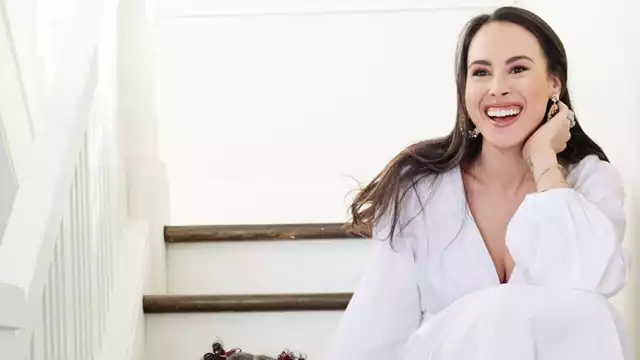
Unbalance your hair.
Of all the places I feared that children might first be confronted with anxiety about their natural hair, the bathtub was not on the list.
Kindergarten, I thought, was the first environment in which negative social and cultural influences would permeate. However, it turned out that the moment I had feared-the moment when my older daughter first realized that she was "different" in a way that society did not like-happened much earlier, when she was only two years old, about a year before she started preschool.
One day, while splashing in the bath, my daughter began playing with her hair. Her hair, when dry, was textured and beautifully curled. However, as she played with it, she realized that when wet, her hair could be stretched or straightened. She pulled her hair with both hands, excitedly holding a strand of hair and affixing it to her cheek so that it would straighten over her skin. [Look, look. My hair is long."
By itself, this seemed quite innocent, even endearing. But soon I noticed a subtle pattern emerging: whenever I spent time with my mother, she always commented enviously on my mother's hair. It was long and slightly wavy, just like my hair.
In turn, it became clear that the daughter was at least expressing a preference, perhaps an admiration, for long straight hair that society tells us is "attractive," and a frustration with feeling that her natural hair is different and somewhat undesirable.
I don't want to exaggerate her feelings. All my daughter knows at this age is that her hair is "different" and that she loves (and wants to emulate) her grandmother. But as she gets older, she will learn, as many girls learn, that this particular difference stems from exclusive ideas about beauty and self-image, many of which are deeply rooted in harmful stereotypes.
She will also learn that she is not alone. Research has repeatedly shown that subtle prejudices begin to affect children at an alarmingly early age. For example, three-quarters of a century ago, a landmark psychological study known as the "doll test" demonstrated that three-year-old children tend to associate positive qualities with light-skinned dolls and negative qualities with dark-skinned dolls. More recently, a 2017 report on perceptions of natural hair found that most Americans of all ages, including women of color themselves, "harbor some prejudice against women of color based on their hair." And this prejudice has become such an issue that in recent months alone, seven states and two municipalities have passed or proposed legislation (open in new tab) that would outlaw "race-based hair discrimination" in schools and the workplace.
As a parent, it is hard not to feel that such evidence validates my concerns, or at least my desire to preempt my daughter's self-image from being shaped. It underscores how difficult and how important it is to patiently, actively, and intentionally educate children, and how important it is for young people to see themselves reflected in pop culture and leadership.
In my experience, I cannot adequately explain to a 2-year-old why the standard of beauty is based on long, straight, white women and why they should be proud of their hair, even if it may not be appreciated by others or may one day be treated unfairly. We can, however, surround the child with images and messages that expand the concept of who and what we consider beautiful.
As with all parenting, this is easier said than done. However, things seem to be slowly heading in the right direction. Last spring, Ava DuVernay (open in new tab) graced the cover of this magazine with her signature dreads. Last summer, Serena Williams (open in new tab) showed off her natural curls on the cover of Harper's Bazaar. And just last week, Congresswoman Ayanna Pressley (open in new tab) released a courageous video praising her twists while opening up about her alopecia.
As a society, we still have a long way to go. But if these examples are any indication, I hope that by the time my daughter is old enough to actively consume media, she will have no problem seeing and celebrating herself wherever she looks.
In the meantime, my partner and I are focused on expanding my daughter's horizons. After noticing that my daughter was beginning to obsess about her hair, we began to carefully point out friends and family members with hair similar to hers. I went out of my way to compliment her curls and explained that everyone's hair is different and that some people spend a lot of time and effort to look exactly like her. She also spends time watching "Daniel Tiger" when she gets her hair done in the morning, as well as a great picture book called "Hair Love" and an Academy Award-nominated animated movie. There was pride and excitement (opens in new tab) in her daughter's voice, and joy in seeing people like herself not just represented, but celebrated.
Little by little, my daughter seems to be getting the message. Recently, my daughter started praising me aloud when I braided her hair. And one day, completely unprompted, she saw a character with natural hair on TV and exclaimed, "I love her hair. Even if the only way to get society as a whole to love natural, curly hair is the straight and narrow.
For more stories like this, including celebrity news, beauty and fashion advice, savvy political commentary, and fascinating features, sign up for the Marie Claire newsletter.
Click here to register (opens in new tab)
.
Comments